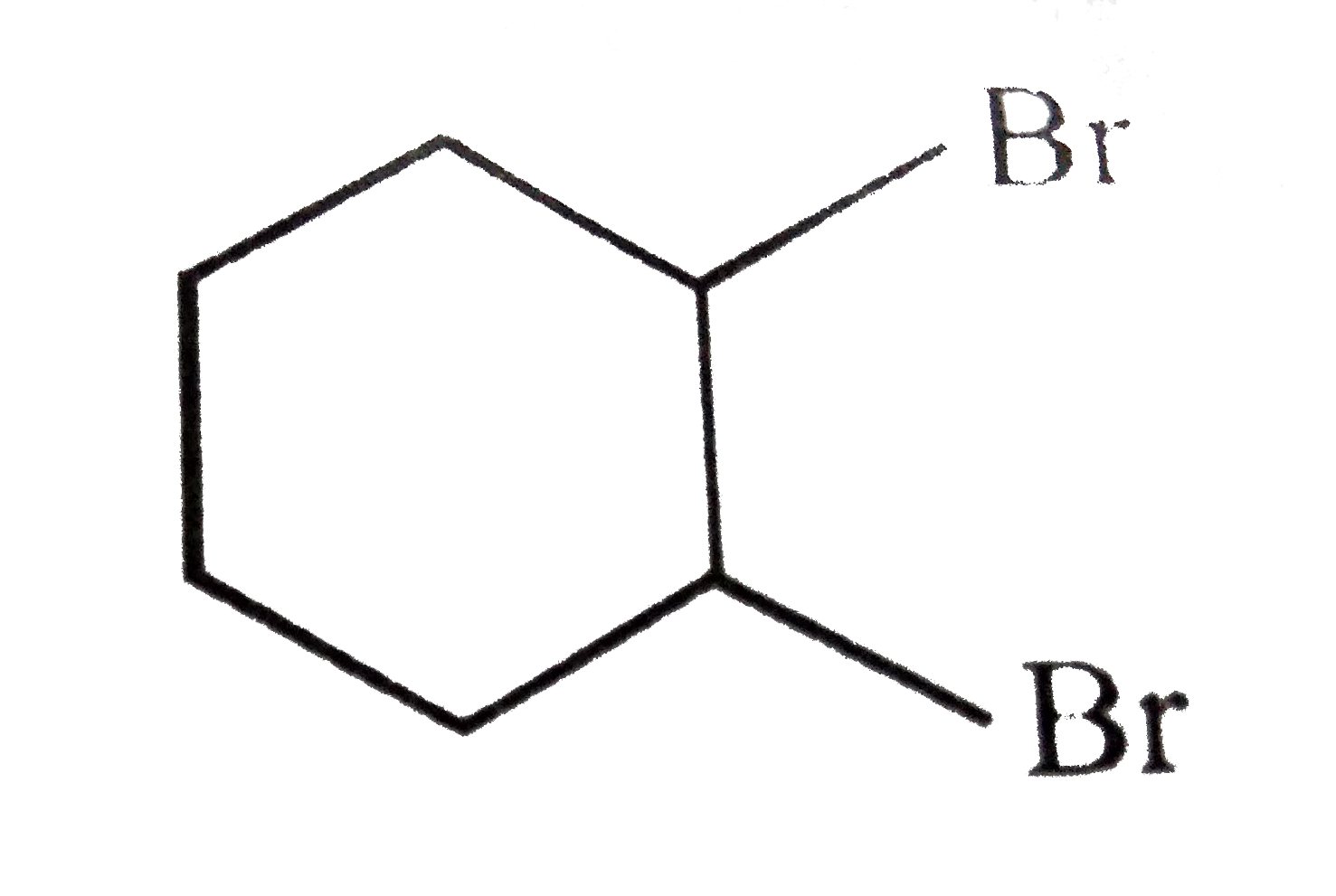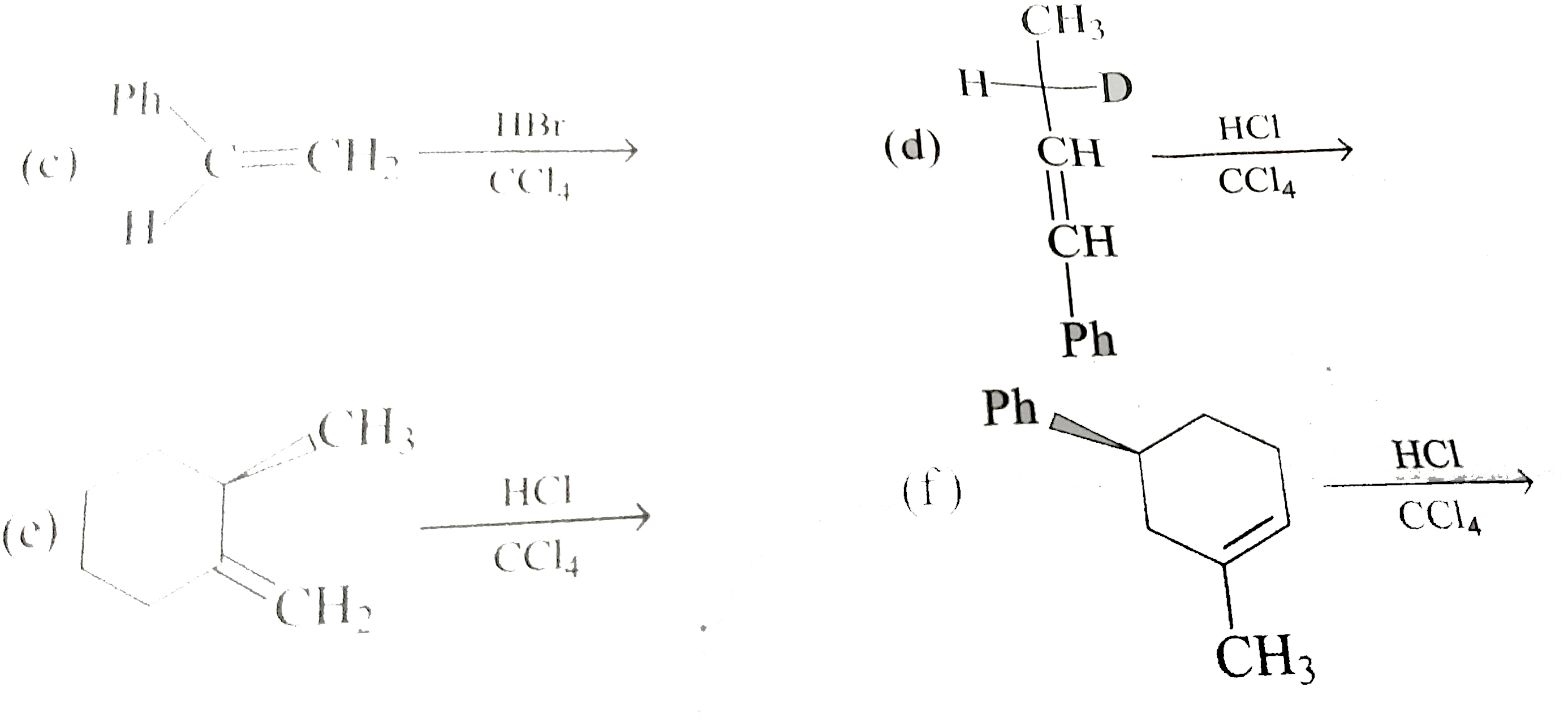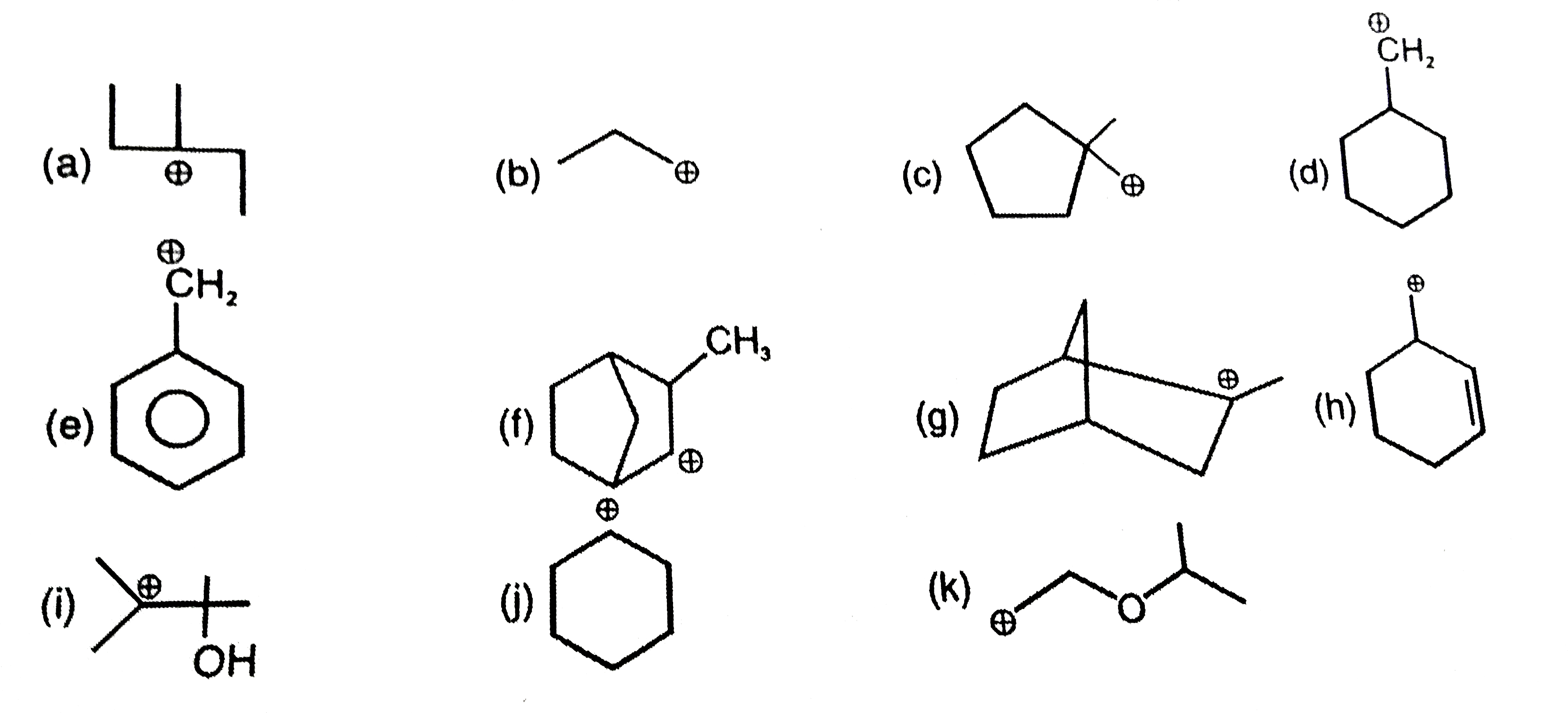Sixteen aldohexosea are possible. How many of these do not undergo mutarotation or osazone formation ?
The correct Answer is:0
To solve the problem of how many of the 16 aldohexoses do not undergo mutarotation or osazone formation, we need to analyze the characteristics of aldohexoses.
1. Identify the Total Number of Aldohexoses:
- Aldohexoses are six-carbon sugars with an aldehyde group. There are 16 possible aldohexoses, which include glucose, galactose, mannose, etc.
2. Understanding Mutarotation:
- Mutarotation is the change in optical rotation that occurs when an anomeric carbon (the carbon that was part of the carbonyl group in the open-chain form) is converted between its alpha and beta forms in solution.
- All aldohexoses have an anomeric carbon and can exist in both alpha and beta forms, hence they undergo mutarotation.
3. Understanding Osazone Formation:
- Osazone formation occurs when reducing sugars react with phenylhydrazine to form osazones.
- All aldohexoses are reducing sugars because they have an aldehyde group, which can be oxidized. Therefore, they will all react with phenylhydrazine and form osazones.
4. Conclusion:
- Since all 16 aldohexoses undergo both mutarotation and osazone formation, the number of aldohexoses that do not undergo these processes is 0.
Final Answer:
0 aldohexoses do not undergo mutarotation or osazone formation.
- Aldohexoses are six-carbon sugars with an aldehyde group. There are 16 possible aldohexoses, which include glucose, galactose, mannose, etc.
- Mutarotation is the change in optical rotation that occurs when an anomeric carbon (the carbon that was part of the carbonyl group in the open-chain form) is converted between its alpha and beta forms in solution.
- All aldohexoses have an anomeric carbon and can exist in both alpha and beta forms, hence they undergo mutarotation.
- Osazone formation occurs when reducing sugars react with phenylhydrazine to form osazones.
- All aldohexoses are reducing sugars because they have an aldehyde group, which can be oxidized. Therefore, they will all react with phenylhydrazine and form osazones.
- Since all 16 aldohexoses undergo both mutarotation and osazone formation, the number of aldohexoses that do not undergo these processes is 0.
0 aldohexoses do not undergo mutarotation or osazone formation.
Topper's Solved these Questions
- BOOK - PRADEEPCHAPTER - BIOMOLECULES EXERCISE - Assertion -Reason Type Questions (Type -I)5videos
BIOMOLECULES
- BOOK - PRADEEPCHAPTER - BIOMOLECULES EXERCISE - Assertion -Reason Type Questions (Type -II)12videos
BIOMOLECULES
- BOOK - PRADEEPCHAPTER - BIOMOLECULES EXERCISE - IV. (Matching Type Questions)1videos
BIOMOLECULES
- BOOK - PRADEEPCHAPTER - APPENDIXEXERCISE - MODEL TEST PAPER <br> (Section C )15videos
APPENDIX
- BOOK - PRADEEPCHAPTER - CHEMICAL KINETICSEXERCISE - ADVANCED PROBLEMS FOR COMPETITIONS14videos
CHEMICAL KINETICS
Similar Questions
Knowledge Check
- Question 1 - Select One
How many isomers are possible for butane?
A2B3C4D5 - Question 2 - Select One
How many stereoisomers are possible in this compound ?
 A2B3C4D5
A2B3C4D5 - Question 3 - Select One
How many isomers are possible for pentane?
A2B3C4D5
Cyclic structure OF glucose and fructose || Mutarotation || Osazone formation
View SolutionHow many of the following reactions,leads to the formation of diastereomers?

 View Solution
View SolutionHow many isomers are possible for nitrophenol ?
View SolutionHow many different codons are possible?
View SolutionHow many three dimensional lattices are possible ?
View Solution



